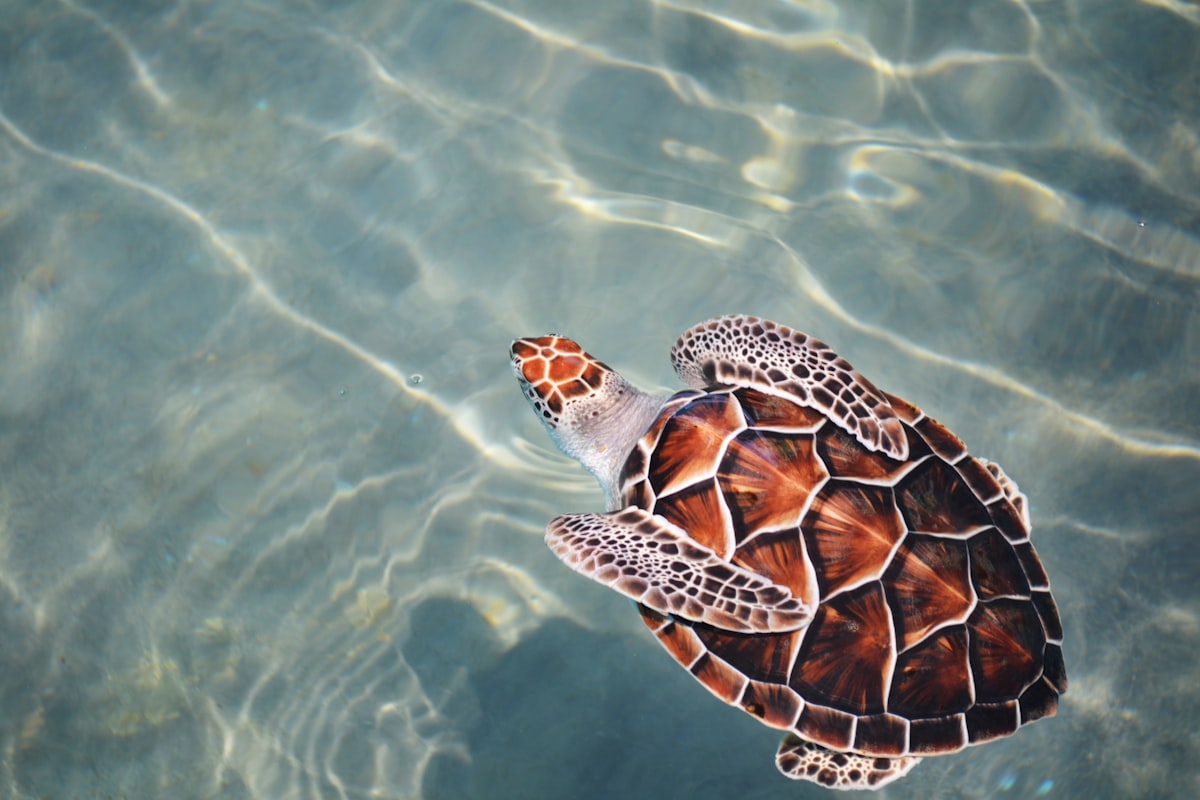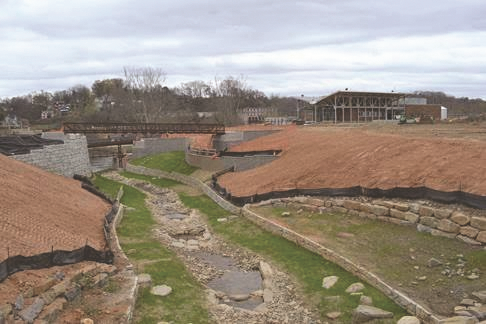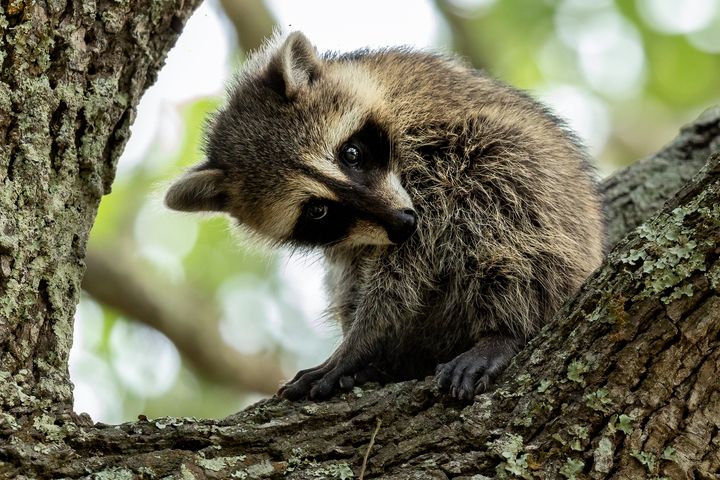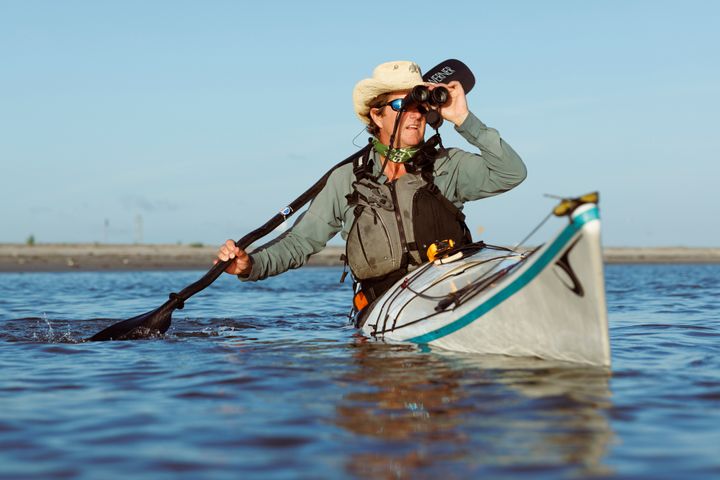Climate Change Impacts in the Lowcountry: Sea Turtles
Sea turtles are integral to the Lowcountry ecosystem. So, what does it really mean to #ProtectWhatYouLove?

At the beginning of every summer the Lowcountry’s many marine scientists and turtle teams search the beach for the first sign of sea turtle nests. Four of the seven sea turtle species will nest in South Carolina. Our primary nesting turtle is the loggerhead sea turtle, whose population in the Northwest Atlantic Ocean are considered threatened under the Endangered Species Act. Other species that lay eggs in South Carolina include green turtles, Kemp’s ridley sea turtles, and leatherback turtles.
Protecting turtles and turtle populations is incredibly important because of their role in South Carolina’s ecosystem.
“Sea turtles are keystone species, which means their role in an ecosystem is pivotal to how well it does,” said South Carolina Aquarium senior sea turtle biologist Cait Crosby. “They’re also indicator species, so that means if we see something impacting them, it’s also going to impact other animals, including yourselves. So how healthy they are is a response to how healthy the environment is.”
Crosby works in the Sea Turtle Care Center(™) at the Aquarium and focuses on rehabilitating sick or injured sea turtles to improve their health and eventually release them back into the ocean.
With the onset of climate change and human-related accidents, sea turtles are facing numerous hardships, which has affected and can continue to affect population efforts, despite the success of species conservation efforts over the last twenty years. Most sea turtle injuries are related to human impacts, including being hooked by fishers, getting caught in fishing gear, or being hit by a boat. When turtles are injured they “strand,” which means they wash ashore or are floating, alive or dead.
Sea turtles can also strand due to diseases, including debilitated turtle syndrome and fibropapillomatosis (FP).
“Debilitated turtle syndrome is basically a wasting disease. We’re not always sure what causes it, but they’re typically really weak, lethargic, have really poor blood work and are on death’s door when they come here,” Crosby said. “FP is a virus that causes a disease in sea turtles and they’ll grow these tumors externally and internally.”
“The tumors can prevent the turtles from seeing, foraging for food, or even swimming,” said Crosby.
“We’re still not sure how it’s transmitted between turtles, but we tend to see it in warmer waters where there’s a lot more pollution… Pollution definitely impacts the turtles. We don’t see them here in South Carolina, but in Florida and the Gulf States, they’ll have a red tide that will bloom more frequently because the water temperature is warmer and there’s just more pollution.”
Rates of FP, in particular, could increase as human-caused impacts to the ocean and ecosystems also increase. A 2016 study on green turtles with FP showed that the prevalence has been steadily increasing since 2010. A 2022 study from a team of researchers at the University of Florida found that sea temperature, salinity, human population density, and river discharge could also be associated with increased rate of FP.
There have been many campaigns about reducing plastic waste, especially from plastic straws, because of their impact on sea turtles.
“We have seen an increase in the turtles that have ingested marine debris or plastic. Over the last five years that trend has increased in terms of what we see at the hospital,” said Crosby.
Not only is pollution a threat to the lives of sea turtles, but so is warming water temperatures and rising sea levels.
“We’re starting to see turtles coming further North to us because they’re losing some of their nesting grounds, but it’s also just really hot.”
Since turtles are cold-blooded animals, warmer water will also impact their internal temperatures, which could have lasting impacts on not just sea turtle populations, but the populations of other cold-blooded animals as well.
Sand temperatures will also impact turtles, especially since sea turtles have temperature-dependent sex determination.
“Whatever temperature the nest is as the eggs are developing is going to determine what the sex of that turtle will ultimately be,” Crosby said.
A turtle’s nest, also called a “body pit,” is usually a couple of feet deep. Using her front flippers, the turtle will dig herself a pit and then use her back flippers to dig an egg chamber two to five feet deep.
The eggs at the bottom of the nest will stay cooler, with the ones closer to the opening of the nest warmer. Cooler eggs become male sea turtles, while warmer eggs become females.
“If you have a nest that is warm all the time, and it’s above the temperature gradient that distinguishes between males and females, then you’re going to have a predominantly female nest…you really want to produce males and females.”
#ProtectWhatYouLove isn’t just a hollow phrase to promote banning plastic straws; protecting and saving sea turtles here in South Carolina is incredibly important to our ecosystems in the Lowcountry.
What can I do to help?
Call the Hotline
Impacts of the climate crisis will only worsen without collective action, which means that we need to do what we can to support sea turtle populations and the work of the South Carolina Aquarium — and also decrease ocean pollution.
First and foremost, if you see a sick or injured sea turtle and you’re concerned, call the 24-hour South Carolina Department of Natural Resources (SCDNR) hotline at 1-800-922-5431 and someone from the SCDNR will come out and respond to the call.
“I always tell people, if you’re an angler, fisherman, on a boat, or you like to go fishing, just know that if you catch a sea turtle, it’s okay…We’d rather you call the hotline or law enforcement for that animal to get to us so we can take x-rays… it’s always good to have them checked out and get that hook removed in a safe manner,” said Crosby.
Support Turtle Nesting Sites
Consider organizing beach clean-ups to keep the shorelines free of trash and debris, making it easy for sea turtles to come ashore and nest.
Also remember to fill in any holes and knock over or flatten sandcastles. Not only could holes or sandcastles be dangerous for humans during high tide, they can make it incredibly difficult for sea turtles to come ashore to nest, or for baby turtles to make it safely to the ocean.
Join a Local Turtle Team
Local beaches have turtle teams, volunteer groups that walk the beach, mark nesting sites, and conduct inventories of sea turtle nests.
“They spread so much education, awareness, they know all about their nests… and they’re just so knowledgeable and they really are doing that conservation work that needs to be done to help those nesting populations,” said Crosby.
Take Part in Citizen Science
Citizen science is when members of our community help scientists and researchers collect data for projects. Download the South Carolina Citizen Science app and participate in the Litter-Free Digital Journal project. This allows you to track what trash you pick up. Your data can help with policy change.
Become a Sea Turtle Guardian
Sea Turtle Guardians directly support the work of the South Carolina Aquarium Sea Turtle Care Center. You can choose the amount of your gift and in exchange receive patient updates, information on turtle releases, and Zoom meetings with sea turtle biologists.


